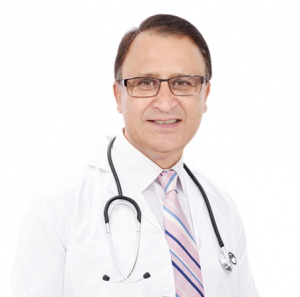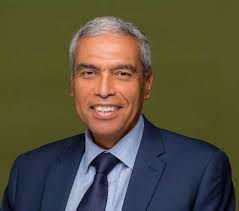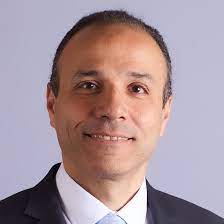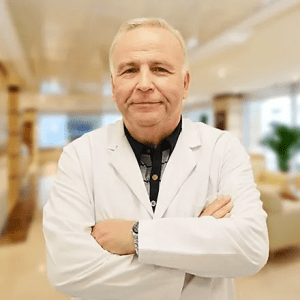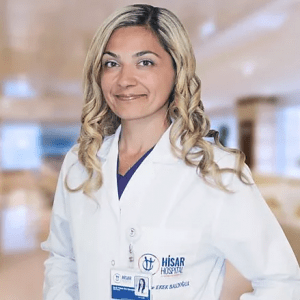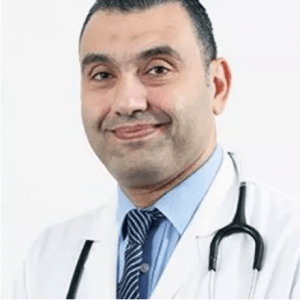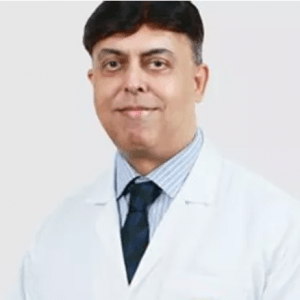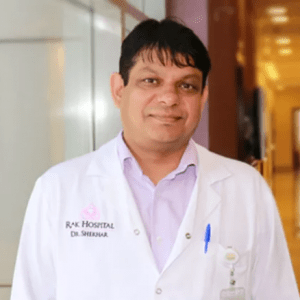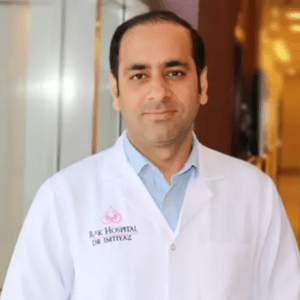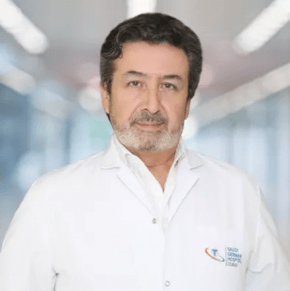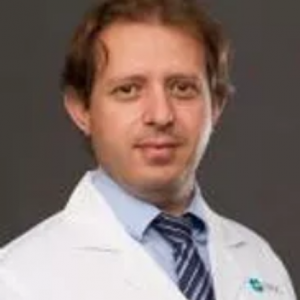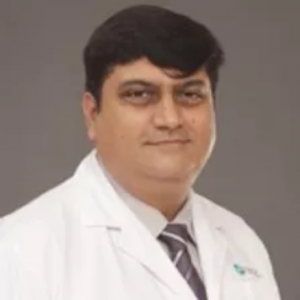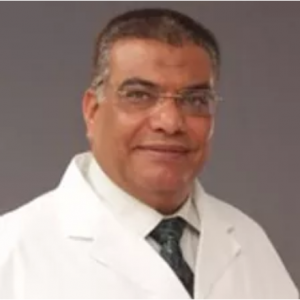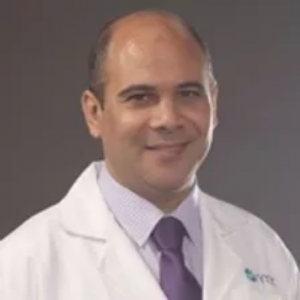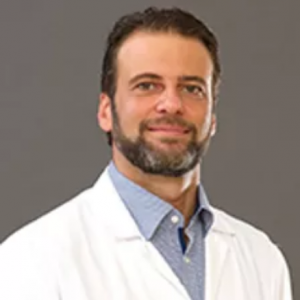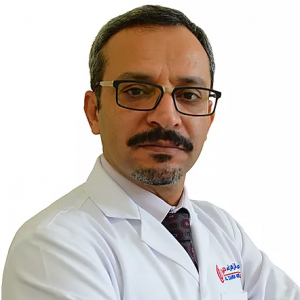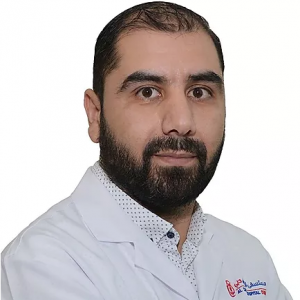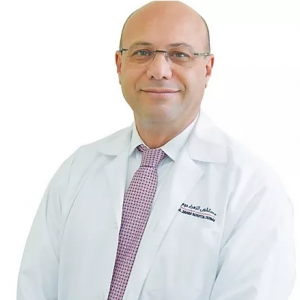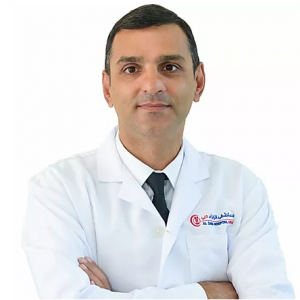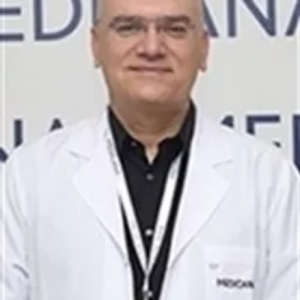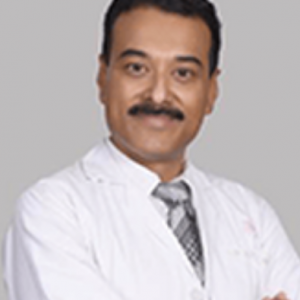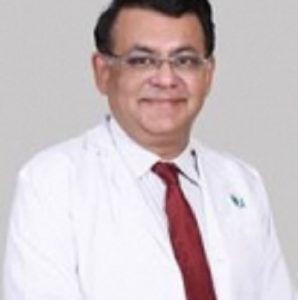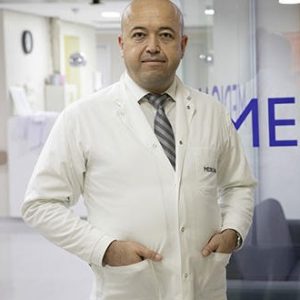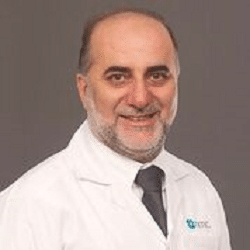Septic Shock
Septic shock is a fatal organ condition or injury caused due to infection which leads to organ failure, abnormalities in metabolism and low blood pressure. It generally occurs when toxic chemicals are released into the bloodstreams triggering a reaction to combat infection. Though it can happen to anyone at any age, people with low immunity […] Read More
Top Doctors For Septic Shock Treatments
Top Hospitals For Septic Shock Treatments
Septic Shock
Diagnosis and treatment of septic shock
To diagnose septic shock the most common test is a normal blood test. Blood test is used to determine the platelet count in blood, presence of waste product in the bloodstream, bacteria and reduced level of oxygen. Based on this test other procedures are conducted. The second step involves the determination of the source of origin which includes spinal fluid test and urine test. For proper visualization, the doctor may conduct MRI, CT scan, X-ray and ultrasound.Treatment
Treatment mainly consists of antibiotics doses – this process is primary and immediately followed up after the condition is diagnosed. Antibiotics have to be given within one hour to reduce the chances of death. Combined antimicrobial therapy is used to target a vast range of microorganisms in a shorter period for effective results. The period for medication depends upon the seriousness of the disease but 10 days injection of antibiotics is compulsory. Injecting intravenous fluids helps in maintaining the blood flow which is disturbed because of low blood pressure. It is the primary step in increasing blood volume. If primary aid that is antibiotic and antimicrobial therapy administration is ineffective then surgery is suggested. However, further examination is done to ensure the surgical procedure is needed. Soft-tissue abscesses are removed deliberately through surgery. A few common focal points include emphysema, septic arthritis, mediastinitis, pyelonephritis and cholangitis. Vasopressor is also used to treat septicemic shock. It is of different types such as norepinephrine, epinephrine, vasopressin and dopamine. Normally, norepinephrine is preferred to dopamine and sometimes epinephrine is supplemented with norepinephrine if needed.Prevention of septic shock
Prevent infections caused by open wounds, get vaccinated, wash hands regularly and do not neglect any infection. Good hygiene and a healthy diet are necessary. Boost your immunity by eating green vegetables, fruits and exercise regularly.Advantages of septic shock treatment
Some facts about septic shock – it is a common condition in the United States and many people die every year due to this. Almost 20 to 30 million cases occur every year of sepsis on a global level. Death due to sepsis is painful as the muscles are sore and the septic patient hardly urinates along with a continuous feeling of nausea and vomiting. Among the various causes, bacteria are the most common for the septic shock. After a full treatment of septic shock, the septic patient should take care of hygiene and a proper diet should be followed. Insomnia is common after the therapy – also emotional, physiological, and psychological problems are common during combating septic shock – but these occurrences can be mitigated with proper counseling and medication. Generally, it takes 10-18 months to recover from septic shock fully. Once someone gets infected with septic shock, they are more prone to other infections – immediate intervention for sepsis can reduce the risk of death. In older people, the side effects of the treatment are weakness, depression, diseases and malnutrition. Risk is higher in older people for fatal infections. Neonatal sepsis can develop within 24 hours of birth. The risk of the infection is more if the water broke 24 hours before the delivery and if the person is infected with group B streptococci. Symptoms of neonatal sepsis are abdomen swelling, rise in body temperature, diarrhea, low blood sugar level, vomiting, jaundice, and a slow heart rate. Septic shock was earlier known as blood poisoning.Symptoms
Septic shock symptoms differ at various stages – at early-stage sepsis – fast breathing rate, fast heart rate, high fever and hypothermia can be noticed. At the second stage that is severe sepsis, symptoms are breathlessness, discolouration of the nails and lips, dizziness, weakness, confusion and reduction in the amount of urine. Septic shock symptoms are the same as severe sepsis – addition of low blood pressure is observed. The signs of infection are noticeable after surgery, normally due to a cut in the body where redness is visible, fluid from the wound, swelling around the cut, increased temperature around the area, high fever, fatigue and pain in the operated cut.
Causes
It can be caused due to infection from virus, bacteria or fungus. Septicemic shock can also be caused during the treatment of another disease or while a hospital visit. There are other serious infections which lead to septic shocks like pancreatitis, MRSA, diverticulitis, pneumonia, appendicitis, mesenteric ischemia and bacteraemia. Some other causes include infections in the reproductive system, abdomen and urinary tract.
This condition is common among old aged people, infants and pregnant women. Diseases which result in low immunity may contribute to Septicemic shock – some of them are arthritis, HIV, psoriasis and bowel diseases. Treatment of cancer may lead to septic shock as well. Malnutrition or poor diet, injection of diabetes medicine and other devices may introduce bacteria or virus in the body while examining for another disorder.
FAQ
What are the side-effects or complications of the septic shock?
Septic shock is a fatal disease and complications involve kidney, liver and heart failure, abnormal urine routine with a reduced amount of urine, blood clotting abnormalities, stroke, breathlessness and loss of the bowel.
Can the condition be cured?
Yes, it can be cured. Treatment includes injection of the antimicrobial therapy, methylene blue for maintaining the volume of blood and vasopressors. Treatment in the early stage is necessary for better results.
What is the cost of the treatment of the septic shock?
The treatment of the septic shock is expensive. It differs according to hospital per day or visits charge but on an average, the cost ranges from $25,000 to $70,000. It is expensive due to procedures and drugs administered for the treatment.
How long does the procedure take at a time?
If sepsis is diagnosed, fluids are administered within three hours but to treat septic shock generally one hour per visit is sufficient. The course requires at least 7-8 visits for improvement.
How should a patient prepare for the treatment of the septic shock?
Patient must tell someone to accompany him/her to the clinic for the after-treatment support. The septic patient must tell the doctor about previous medications and should not take one before treatment.



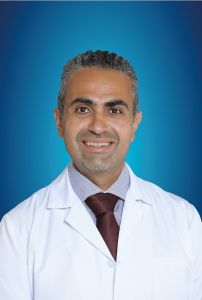


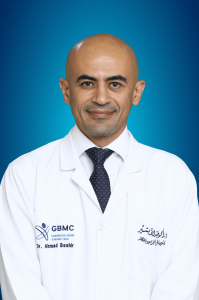
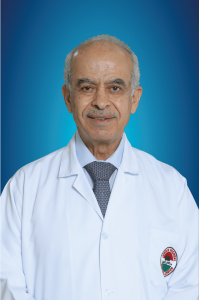
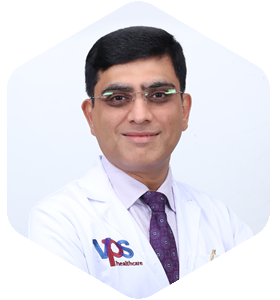
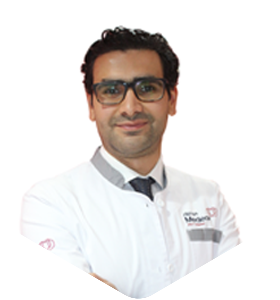









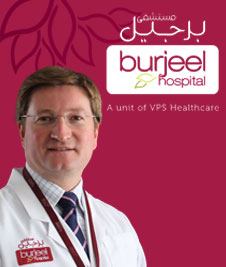
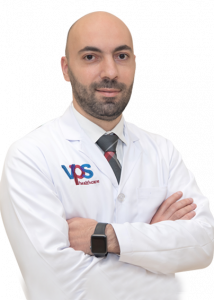
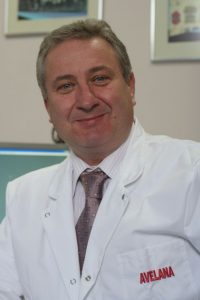


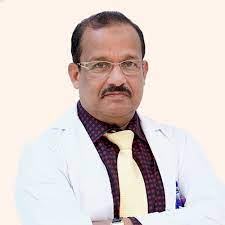
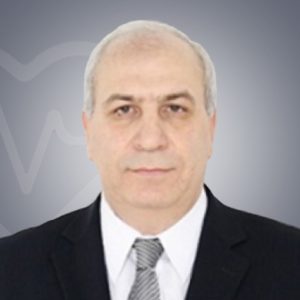
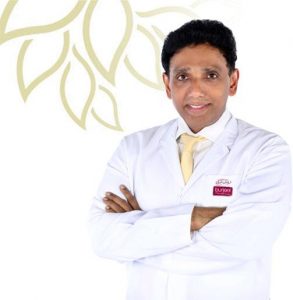









![DR [PROF.] KARL MILLER](https://anavara.com/wp-content/uploads/2021/10/DR-PROF.-KARL-MILLER-244x300.jpg)

